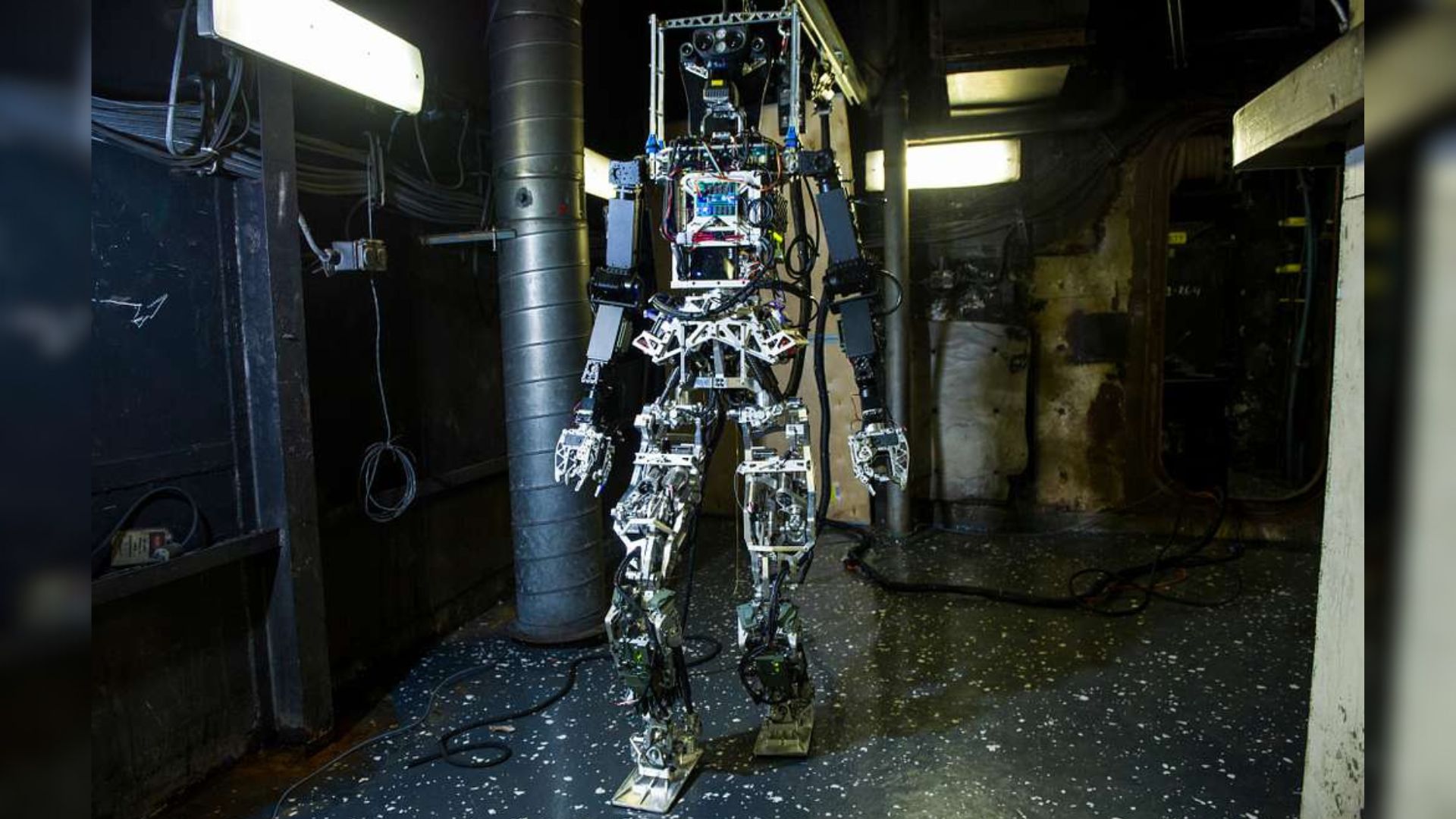Body, not brain: Why humanoid robots still fail outside the lab

Source: interestingengineering
Author: @IntEngineering
Published: 8/18/2025
To read the full content, please visit the original article.
Read original articleThe article "Body, not brain: Why humanoid robots still fail outside the lab" argues that despite advances in AI and impressive demonstrations by humanoid robots like Boston Dynamics’ Atlas and Tesla’s Optimus, fundamental limitations in robot body design prevent these machines from performing robustly in real-world environments. Experts highlight that current robots have rigid, inflexible bodies with limited joints and sensor capabilities, which restrict their ability to move naturally and adapt to complex, unpredictable terrain. This results in high energy consumption, frequent breakdowns, and limited endurance compared to humans, who benefit from mechanically intelligent bodies that passively assist movement and adaptation.
Hamed Rajabi, director of the Mechanical Intelligence Research Group, critiques the prevailing “brain-first” approach that relies heavily on software to compensate for mechanical shortcomings. He emphasizes that smarter bodies—featuring flexible, adaptive structures inspired by biological systems—are essential for improving robot performance. Mechanical intelligence, or morphological computation, allows natural organisms to perform complex physical tasks efficiently without extensive neural
Tags
roboticshumanoid-robotsmechanical-intelligencerobot-designenergy-efficiencyflexible-roboticsAI-in-robotics